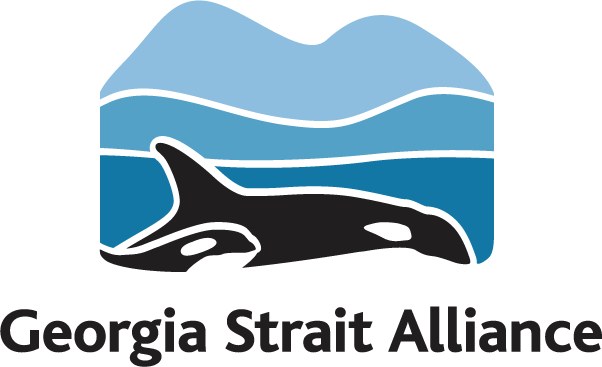The story of a tiny shorebird’s epic journey, powered by an invisible fuel in the mud.
SANDPIPERS’ LAST SUPPER tells the story of the western sandpiper’s long-distance migration and the biofilm in the mud that supports the species’ survival. The documentary highlights the ecological value of intertidal mudflats and the urgency to save these vital habitats for shorebirds, one of the fastest disappearing groups of birds in the world.
Shorebirds, Mudflats, and Biofilm
A marathon migration
Western sandpipers are tiny shorebirds that do not weigh more than 35 grams. Every year at spring time, the birds migrate over 10,000 kilometres north along the Pacific coast of the Americas from their wintering homes as far south as Peru to their breeding grounds in Alaska. They stop at a few key places along the Pacific Flyway to re-fuel.
Shorebirds at Roberts Bank
Most western sandpipers in the world stopover on the intertidal mudflats of Roberts Bank in the Fraser River Estuary and Delta of British Columbia, Canada. It is estimated that 42 to 64% of the entire species relies on Roberts Bank to rest and refuel and that almost all western sandpipers will use this site at least once in their approximate eight-year lifespan.
The mudflats of Roberts Banks are vitally important, providing one of the last suppers for the birds in their journey north. The next major stopover is the Stikine River Estuary, more than 850 kilometres away.
Watching tens of thousands of migrating western sandpipers blanket the exposed mud of Roberts Bank in the spring is one of the great spectacles of the natural world. As they are busily feeding on the mudflats’ dining table, they pay no mind to what’s around them. These extreme endurance athletes are on a mission and have no time to waste.
The Secret Power of Mud:
Sandpipers and Biofilm
To most people, Roberts Bank is nothing more than a vast landscape of barren mud, but it is the site of one of the most important ornithological discoveries in the past 50 years. For a long time, it was assumed that sandpipers fuelled their journey by snacking on invertebrates until a team of scientists discovered that the shorebirds are also sucking up intertidal biofilm, a thin, sticky “slime” that coats the surface of the mudflat and is produced by microscopic plants called diatoms. The birds scrape biofilm off the surface of the mud with a specialized toothbrush-like tongue with long, fine bristles. They can slurp up 20 % of their body weight in biofilm per hour.
Biofilm represents 60 percent of the sandpipers’ diet and contains a high concentration of omega-3 fatty acids generated by the diatoms right at the time when the shorebirds arrive at the stopover site in the spring. Biofilm provides the birds not only the fuel but also essential fatty acids they need to complete their arduous migration.
Biofilm is the special energy drink the sandpipers need, just like marathon runners. Without it, many birds would not make it to their final destination, as the nutrients cannot be obtained from any other available food.
Now, more research shows that many other shorebird species across the world also rely on the mud’s superfood.
The tiny sandpipers’s dining table is food for an entire ecosystem. The benefits of fatty acids are not just for the birds, but for many iconic species like killer whales, fish, and ultimately humans. Like shorebirds, we consume fatty acids to gain energy, boost our immune system and stay healthy.
Mudflats and Shorebirds in Trouble
Time is running out. North American shorebirds have shown the greatest population decrease of any major bird group over the past 50 years. The key to their continued survival might be linked to the conservation of delicate mudflats across the world that people have not been paying attention to. Those mudflats, like the shorebirds they support, are also fast disappearing. Yet, mudflats are hugely productive systems just like rainforests.
Roberts Bank on the brink
Tragically, as people only begin to realize the critical importance of mudflats, Roberts Bank site is now targeted for a major port expansion development (RBT2 project) which is predicted by scientists to destroy the biofilm that supports the survival of hundreds of thousands of migrating shorebirds, and by extension a vital ecosystem that feeds us all.
If the project goes ahead, the sandpipers are anticipated to lose access to the essential nutrients from the biofilm, and, if so, it is predicted that the species will become endangered within 30 years with cascading negative effects on the entire ecosystem, impacting commercial fisheries such as salmon and crab, and apex predators such as orca.
Take Action
Roberts Bank, in the heart of one of North America’s most biodiverse areas, is under immediate threat from a port expansion project.
Join us now to save Roberts Bank and the critical food source this intertidal mudflat provides to migratory shorebirds and an entire ecosystem that includes pacific wild salmon, the endangered southern resident killer whales, and ultimately humans.
The opportunity is now. Learn out how you can add your voice to the campaign.





